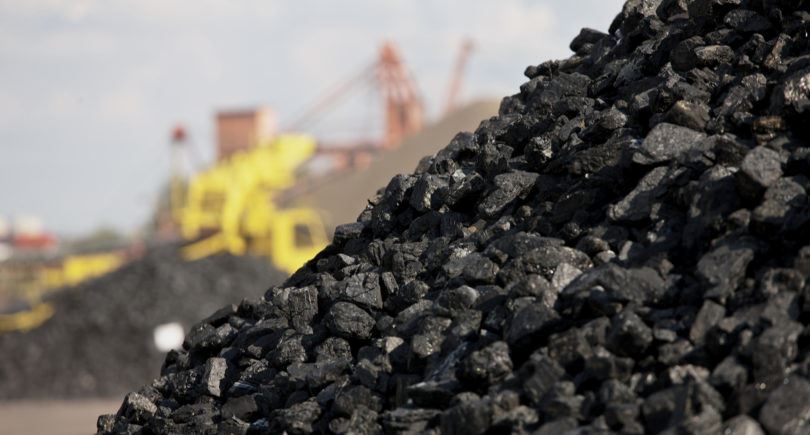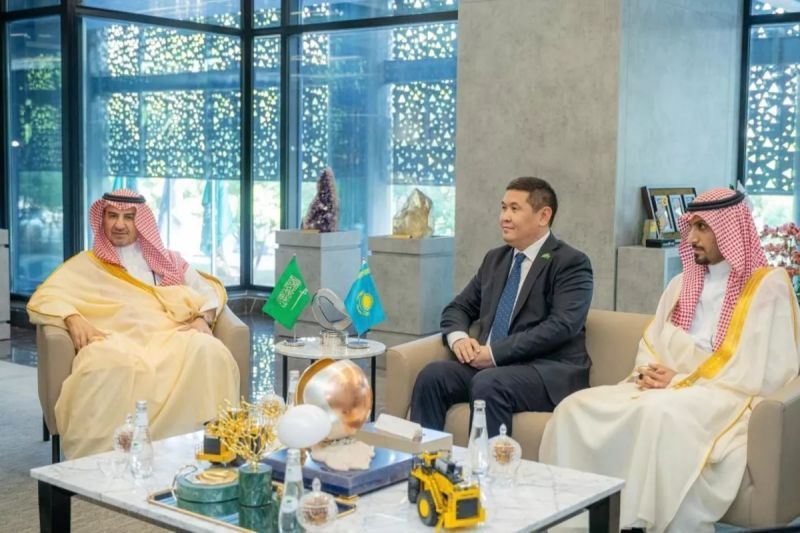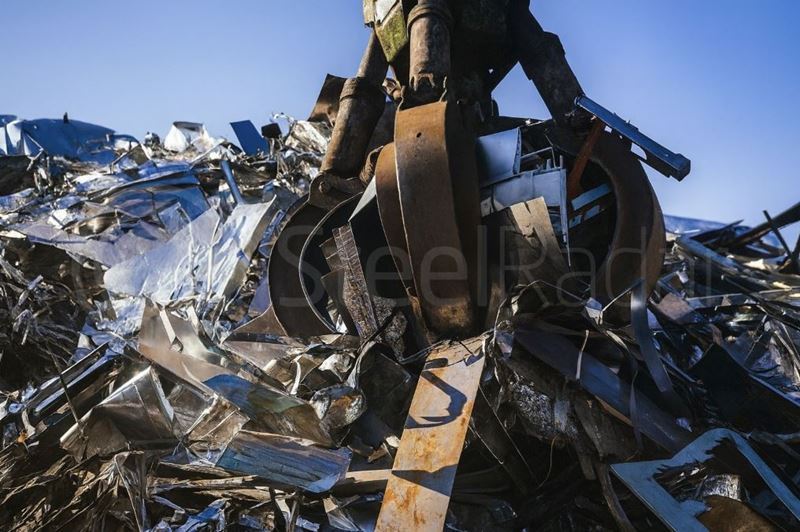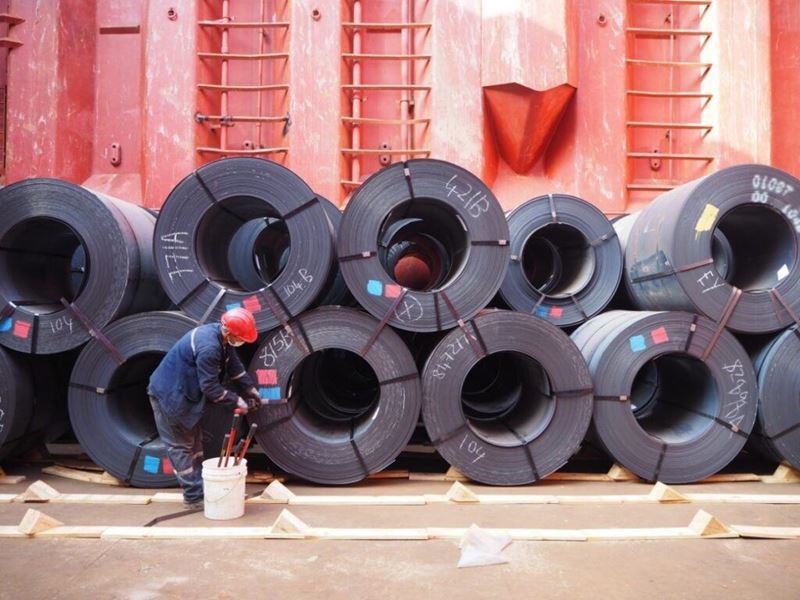Demand for high-calorific Russian coal from South Korea has weakened due to ongoing uncertainty around import quotas. At the same time, Taiwan has shown greater interest, as heavy rains caused port congestion in Australia, disrupting coal shipments. According to NEFT Research analysts, this has pushed Taiwanese traders to seek alternative sources, and Russian coal has filled that gap. In some ports, the price of 6,000 kcal coal rose. In Australia’s Newcastle, prices increased by 2% over the reporting week to $108/ton, while in Hampton Roads they rose by 3.6% to $104.9/ton.
In the past decade, Russia exported 7–10 million tons of coal to Taiwan annually, accounting for 15–17% of Taiwan’s total coal imports. Australia and Indonesia have been the primary suppliers, followed by Colombia, South Africa, and the United States. Taiwan’s total coal imports dropped by 2.1% in 2023 to 57.4 million tons, a historic low compared to more than 70 million tons in 2022. According to NEFT Research, Taiwan imported 8.2 million tons of Russian thermal coal in 2024, a 4% year-on-year increase. Kpler data shows that in the first five months of 2025, Taiwan received 811,800 tons of Russian thermal coal by sea. However, shipments stagnated in April and May, remaining just above 150,000 tons per month.
Still, the increase in shipments to Taiwan is not a strategic shift, says Alexander Kotov, consulting partner at NEFT Research. Russia, he believes, is taking advantage of temporary market volatility and may increase shipments to countries like Vietnam and Morocco in niche volumes, while long-term exports are more likely to target China, India, and Türkiye. If the European market reopens, Poland could also be a potential destination. However, oversupply continues to weigh on coal prices in China.
Despite weaker demand in Korea, demand for high-quality, high-calorific Russian coal remains strong not only in Korea and Taiwan but also in Japan, says Yevgeny Grachev, director at Tsentr Tsenoobrazovaniya i Informatsii (CPI, or Pricing and Information Center).
“One of the key reasons, aside from quality, is price. Australian high-calorific coal is significantly more expensive. Since Russian companies lack free access to certain markets, Australia has redirected its volumes to more premium destinations,” Grachev explains.
Alexander Novak, Deputy Prime Minister of Russia, wrote in a June 8, 2023 article for Energy Policy magazine:
“Through 2050, demand is expected to grow in India and Southeast Asia, as well as in the Middle East and Latin America.”
Indeed, the export marketing strategy for Russian coal now resembles a real-time search for sudden opportunities, or forced adaptation to new circumstances, Grachev admits.
“With China and India cutting back on coal imports, Russian exporters are using every available channel to reroute volumes,” confirms Boris Krasnozhenov, head of securities market analysis at Alfa-Bank.
For instance, monthly coal shipments to Taiwan were estimated at 0.6–1.2 million tons through mid-2024. But, as Grachev notes, since September 2024, several major Taiwanese consumers stopped working with Russian suppliers. As a result, in 2025, monthly exports are estimated at under 300,000 tons.
If markets in Japan, Korea, and Taiwan were to fully reopen, this could support coal prices not only at eastern ports but also in Taman (Russia’s southern port), Grachev adds. In that case, premium markets could justify higher-priced exports via southern logistics.
Traders are certainly looking for windows of opportunity, which leads to short-term price spikes in the spot market. Buyers are willing to pay a premium for urgent coal replacements. But for Russian companies, this also involves risks, warns Oleg Abelev, head of analytics at investment firm Rikom-Trust: “Switching between export destinations increases costs and raises dependence on political decisions.”









Comments
No comment yet.